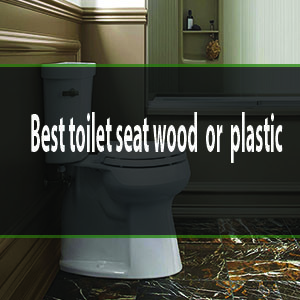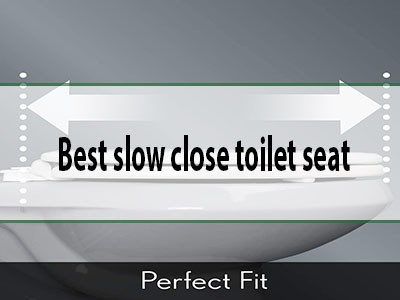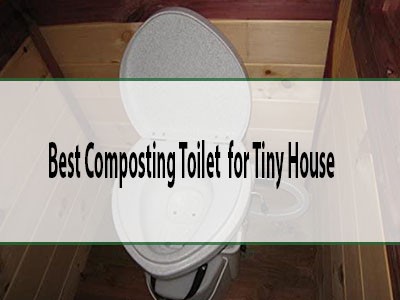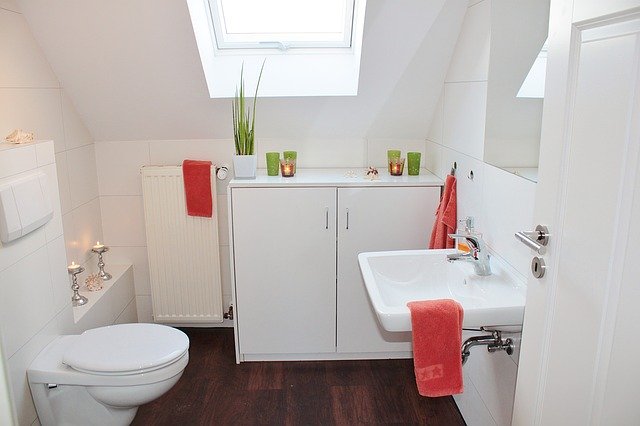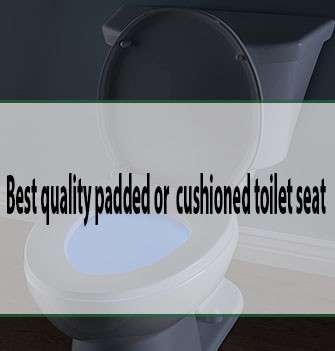Picture this: you’ve just finished using the toilet, you flush, and then—nothing. The toilet doesn’t start filling up again.
It’s a frustrating moment that can leave you scratching your head. Why isn’t your toilet working as it should? Is it an easy fix, or do you need to call in a professional? This situation is more common than you might think, and the good news is, understanding the reasons behind it can empower you to take action.
By the end of this article, you’ll not only know why your toilet isn’t refilling but also how to address the issue with confidence. You deserve a hassle-free bathroom experience, and we’re here to help make that happen. Keep reading to discover the simple steps you can take to get your toilet back in working order.

Credit: www.fluidmaster.com
Table of Contents
Common Causes
The water supply might be turned off. Check the valve. Ensure it’s open. Low water pressure can also be a problem. Sometimes pipes are blocked. This stops water flow. Call a plumber if unsure.
A fill valve helps fill the toilet tank. If it’s broken, water won’t flow. The valve might be old. Sometimes it gets clogged. Replace or clean it. This might solve the problem.
The float ball controls water level. If it sits too low, the tank won’t fill. Adjust the float arm. Make sure the ball is not stuck. It should move freely. This helps maintain water level.
Inlet holes allow water into the bowl. Mineral deposits can block them. This stops water flow. Clean the holes using a wire. Vinegar also helps dissolve deposits. Keep them clear for a smooth flush.

Credit: www.reddit.com
Tools You’ll Need
Having the right tools makes fixing a toilet easy. A wrench helps to loosen or tighten nuts. A screwdriver is handy for removing screws. Plumbers tape stops leaks. A bucket catches water spills. Gloves keep hands clean and safe. Pliers help grip small parts. A flashlight helps see in dark spaces.
Sometimes, parts need replacing. A new fill valve can solve many problems. A flapper helps the tank hold water. Washers stop leaks from bolts. A float ball controls water levels. Seals keep water where it belongs. Bring old parts to the store to match sizes.
Checking Water Supply
Shut-off valves control water flow to the toilet. Ensure it’s fully open. Sometimes, they might be partially closed, stopping water. Turn the valve clockwise to open it fully. Rust or debris can block the valve. Clean it if necessary. Replacement might be needed if it doesn’t work. Look for any leaks near the valve. Leaks can reduce water pressure.
Low water pressure affects toilet filling. Check home’s general water pressure. Water pressure gauge can help measure it. Low readings suggest a problem. Adjust pressure if possible. Contact a plumber for help if needed. Ensure all faucets and showers have normal flow. If not, it may indicate a larger issue.
Adjusting The Fill Valve
First, find the fill valve inside the toilet tank. It is near the top, usually on the left side. Look for a tube connected to it. This is part of the flushing system. The fill valve is crucial for water flow. Ensure the water is turned off before touching the valve. It prevents accidents.
Adjust the fill valve with care. Turn the screw or knob to change the water level. If water is too low, the toilet won’t fill. Adjust slowly and check the water level. Proper water level ensures a complete flush. Repeat adjustments if needed. Never force the valve. It could break. Be gentle and patient.
Fixing Float Ball Issues
The float ball helps control the water. Check if it’s moving freely. It should not be stuck or jammed. Look for any damage or cracks. A broken float ball needs replacing. Make sure it is the right size. A wrong-sized ball can cause problems.
The float arm connects to the float ball. Gently lift the arm to test movement. If it feels tight, it needs adjustment. Look at the angle of the arm. It should not be bent. Straighten it if necessary. Adjust the screw to change water level. Turning it clockwise raises water. Counter-clockwise lowers it.
Cleaning Inlet Holes
Toilet not filling? Check the inlet holes under the rim. These holes help water flow inside the bowl. Find them by looking under the toilet rim. They may be small and sometimes hidden. But they are crucial for proper flushing.
If water doesn’t fill the bowl, inlet holes might be blocked. Use a small wire or a toothpick to clear them. Gently poke into each hole. This helps to remove any dirt or mineral build-up.
Regular cleaning keeps the toilet flushing well. It also prevents future problems. Clean the holes once a month for best results. This ensures a smooth water flow every time you flush.
Replacing Faulty Parts
Always choose quality parts for your toilet. Good parts last longer. They save money in the long run. Check for trusted brands. Look for warranty details. This helps if parts break early. Read online reviews. They tell you if parts work well. Avoid cheap parts. They can break easily. This means more repairs. Spend a little more for better quality.
First, turn off the water supply. This stops leaks. Next, remove the tank lid. Find the faulty part. Use a wrench to loosen it. Carefully remove the broken part. Place the new part in its spot. Tighten it with the wrench. Make sure it is secure. Turn on the water supply. Check if the toilet fills properly. If not, recheck your work. Adjust parts as needed.
When To Call A Professional
Identifying Severe Issues can be tricky. Sometimes, the problem is big. Broken pipes or major leaks need expert help. A plumber knows what to do. They fix things safely and fast.
Evaluating DIY Limitations is important. Fixing a toilet can be hard. Some tools are hard to use. Without training, mistakes happen. These can cause more damage. Hiring a professional saves time and stress. They have the right tools and skills. If unsure, call an expert.
Preventative Maintenance Tips
Inspect your toilet parts often. Check the flapper and valve. Look for cracks or leaks. Replace broken parts fast. A good flapper helps water flow. Valves control the water. Broken valves may cause problems. Tighten any loose parts. This keeps everything in place. Cleaning can help too. A clean toilet works better. Wipe away dirt and grime. Use a soft cloth. Avoid harsh cleaners. They can damage parts.
Water quality matters for toilets. Hard water can cause build-up. This slows the water flow. Use a water softener if needed. This helps keep parts clean. Check water levels often. Too much water can waste money. Too little can cause issues. Adjust levels as needed. Use the water line guide. Keep the toilet tank clean. Remove any debris or dirt. This helps water move freely.
Credit: www.reddit.com
Frequently Asked Questions
Why Doesn’t My Toilet Fill After Flushing?
A toilet may not fill due to a malfunctioning fill valve or a blocked water supply line. Check the fill valve for damage and ensure the water supply is open. If these aren’t the issue, inspect the float for proper adjustment, allowing the tank to refill.
How Can I Fix A Toilet Not Refilling?
Start by checking the fill valve for blockages or damage. Ensure the water supply line is open and clear. Adjust the float to ensure proper water level. If issues persist, consider replacing the fill valve or calling a plumber for assistance.
Is A Clogged Valve Causing Refill Issues?
Yes, a clogged fill valve can prevent water from entering the tank. Inspect the valve for debris or mineral buildup. Cleaning or replacing it can resolve the problem. Regular maintenance helps avoid future clogs and ensures efficient flushing.
What Role Does The Float Play In Refilling?
The float regulates water level inside the tank. If incorrectly adjusted, it can hinder refilling. Ensure the float moves freely and is set to allow adequate water. Adjust the arm or mechanism to correct the water level for optimal refilling.
Conclusion
Fixing a toilet that won’t fill is simple. Check the water supply first. Look for any blockages. Clean the fill valve. Adjust the float if needed. Replace parts when damaged. Maintenance prevents future issues. A working toilet is important for home comfort.
Regular checks save trouble later. Follow these steps to keep your toilet in top shape. Problems? Consult a professional plumber. They can offer expert advice. Enjoy a hassle-free bathroom experience. Keeping toilets running smoothly is easy with attention and care.


